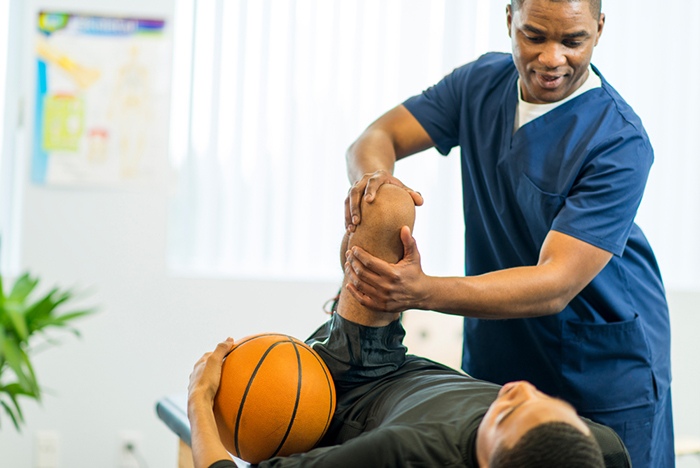Enhancing Performance and Minimizing Harm Risk via Comprehensive Evaluation of Equilibrium and Stability through Functional Mobility Screening.
Enhancing Performance and Minimizing Harm Risk via Comprehensive Evaluation of Equilibrium and Stability through Functional Mobility Screening.
Blog Article
Equilibrium and steadiness are essential components of physical fitness and general health. They serve a vital role in daily activities, athletic performance, and harm avoidance. When an person has strong equilibrium and steadiness, they are less likely to fall or sustain injuries during bodily activities. One effective way to assess these qualities is through Functional Movement Assessment (FMS). FMS is a method used to analyze motion patterns and identify discrepancies or weaknesses that could lead to injuries.
Functional Movement Screening includes a series of particular tests that assess how well a person moves. The tests concentrate on basic movements such as squatting, lunge, and flexing. By watching these movements, coaches and healthcare professionals can identify areas where an person may struggle. For example, if someone has difficulty keeping balance while executing a squat, it may suggest a need for specific workouts to improve strength and control. This assessment not only identifies deficiencies but also helps to track progress over a period.
In addition to recognizing areas for improvement, FMS informative post plays a vital role in preventing injuries. Many injuries occur as a result of poor motion patterns, which can be identified through practical evaluations. By tackling these issues early on, people can reduce their risk of injury during sports or other physical activities. For example, a runner who demonstrates an imbalance in their stride may be more susceptible to leg injuries. By adjusting these imbalances through specific training programs, the likelihood of injury can be significantly decreased.
Furthermore, enhancing performance is another advantage of conducting a thorough evaluation of equilibrium and steadiness. Athletes and active individuals often outpatient physical therapy seek to improve their capability in specific sports or tasks. A thorough understanding of their movement patterns allows trainers to develop personalized exercise programs that focus on specific deficiencies. By improving equilibrium and steadiness, sportspeople can improve their total performance, whether it’s running faster, jumping taller, or performing exact movements in their sport.
In conclusion, the importance of evaluating equilibrium and steadiness through Practical Movement Screening cannot be overstated. This comprehensive assessment serves as a foundation for enhancing bodily wellness, avoiding injuries, and enhancing athletic capability. By recognizing areas of deficiency and implementing targeted training strategies, people can attain better results in their physical activities. Emphasizing balance and steadiness not only results to better capability but also contributes to a healthier, more energetic way of life.
